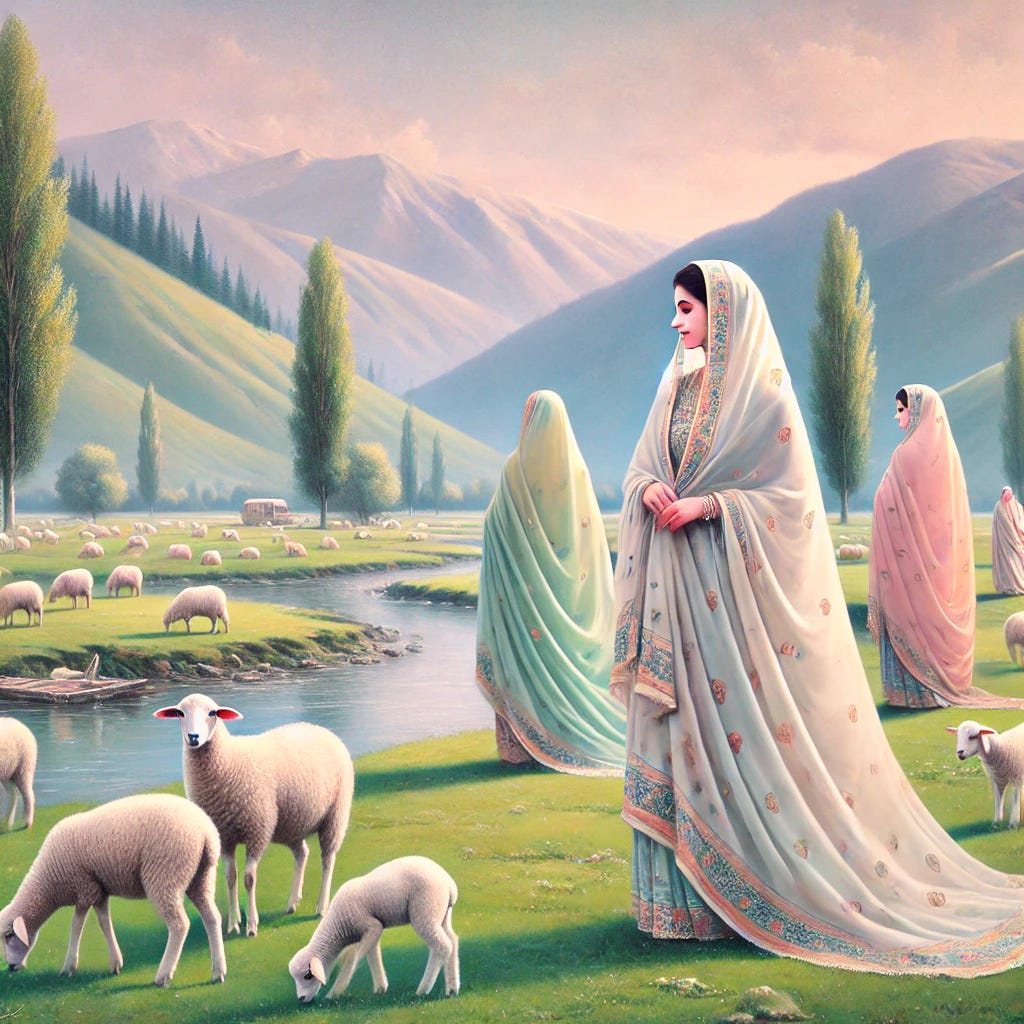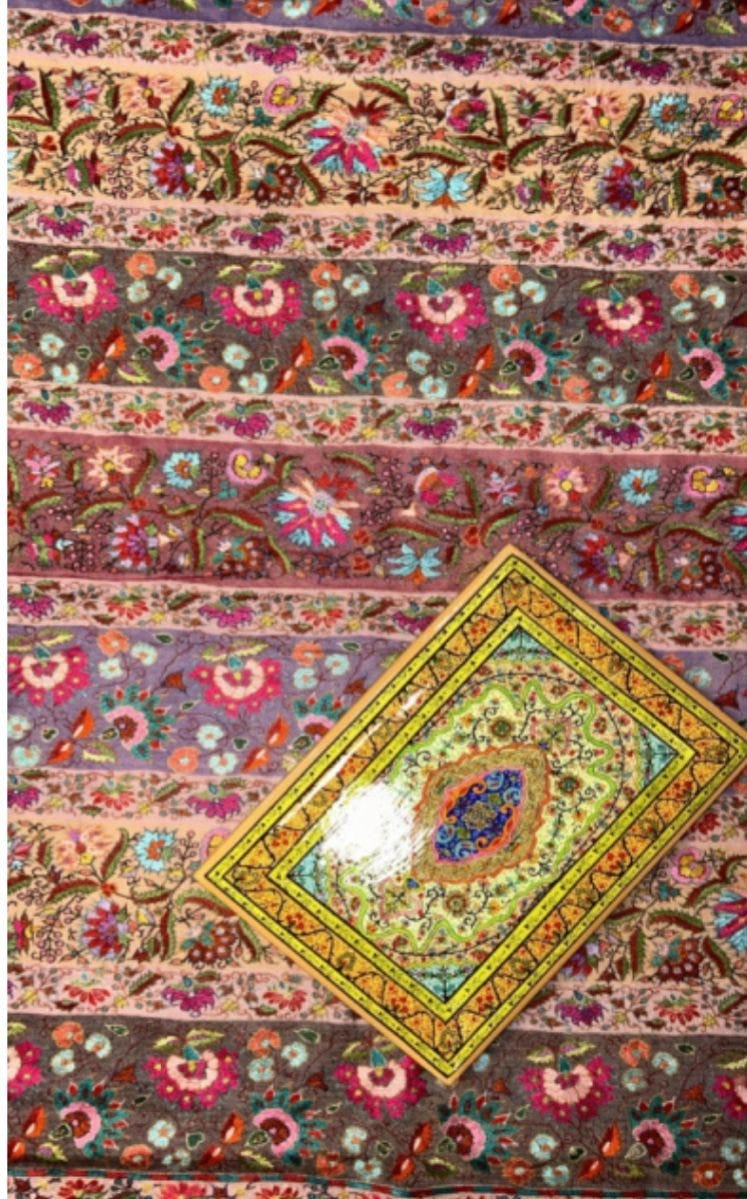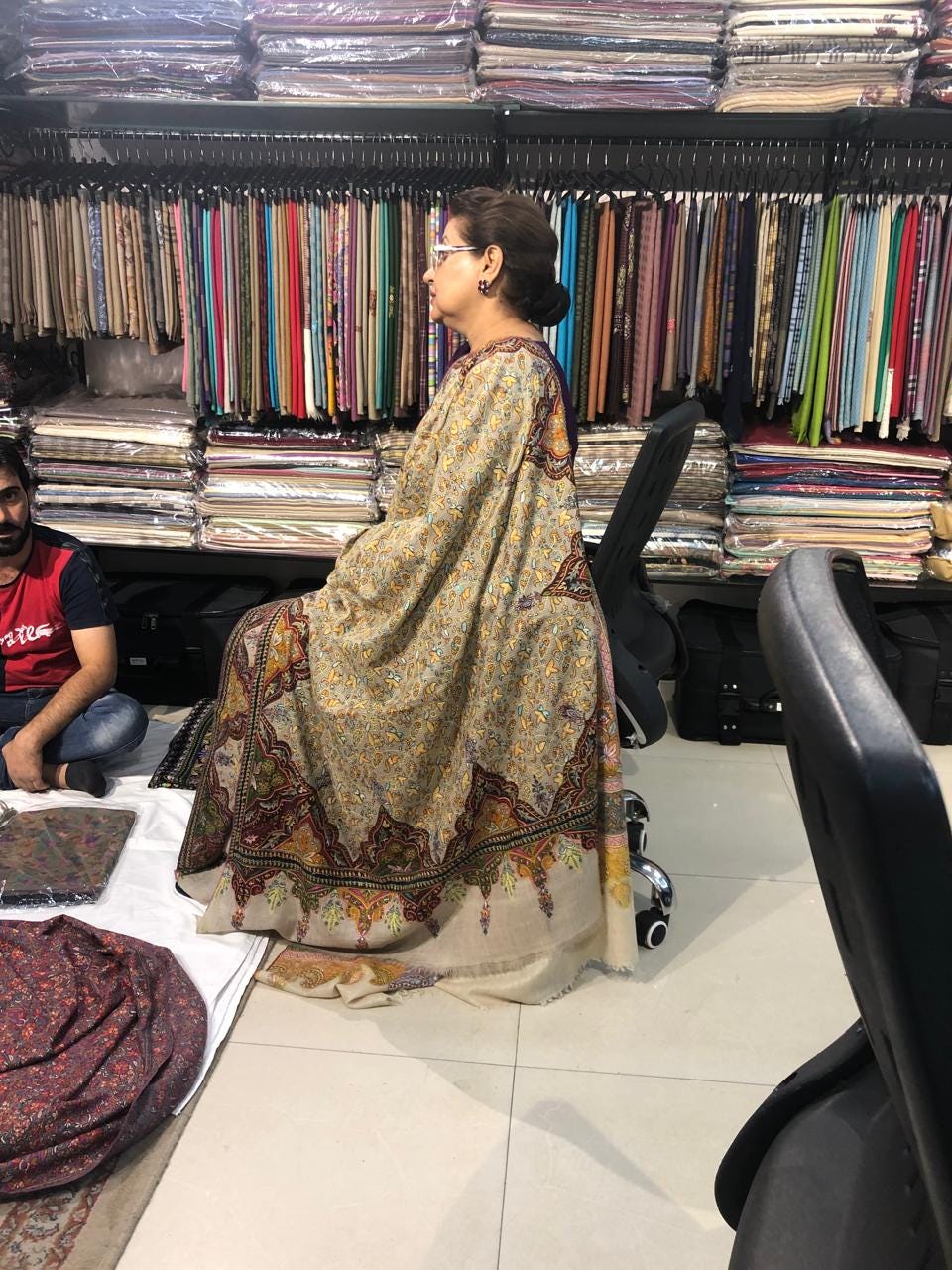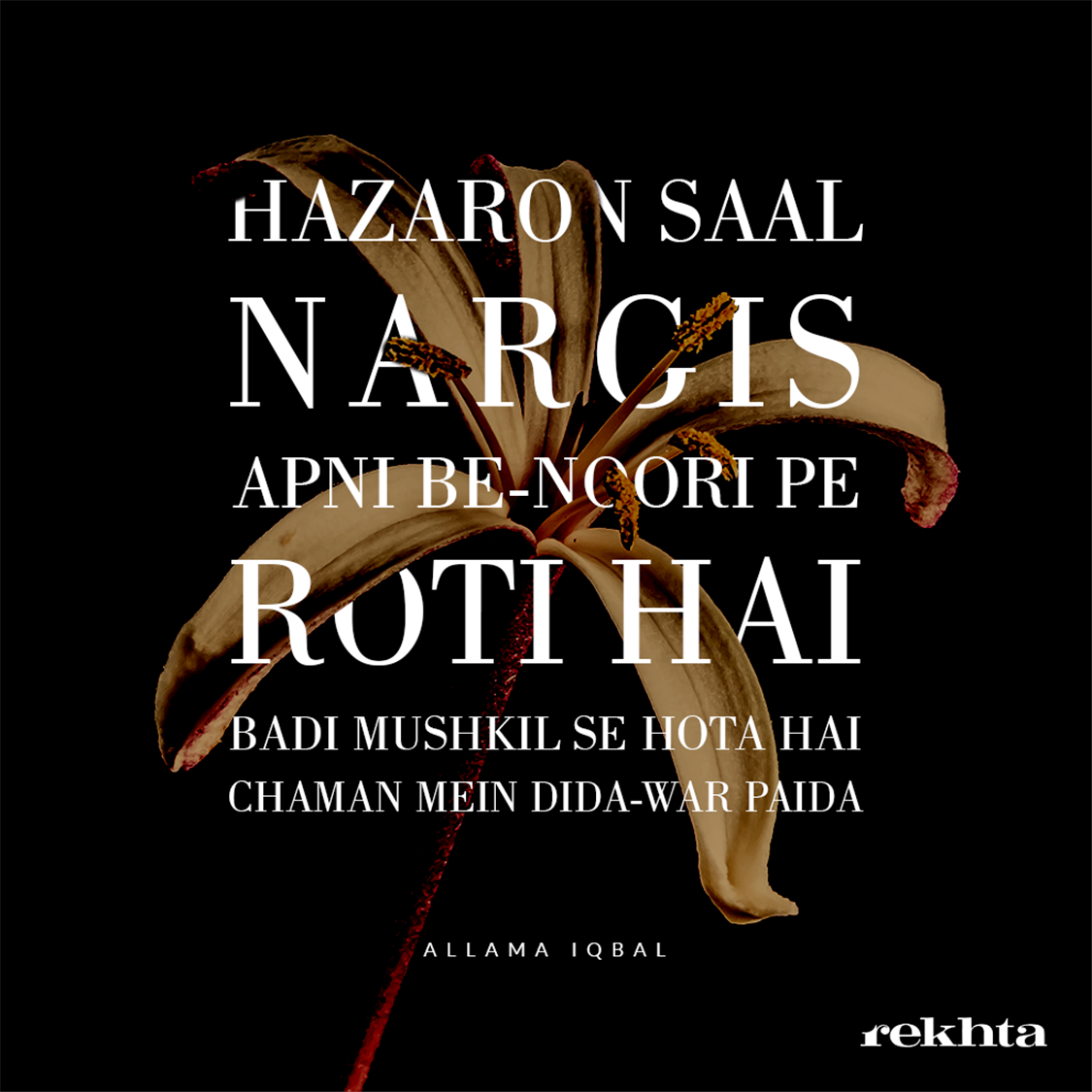Pristine Purity of the Kashmiri Pashmina Shawls
The Gift of Pashmina: PM Modi’s Gesture to First Lady Jill Biden.
The Gift of Pashmina: PM Modi’s Gesture to First Lady Jill Biden
In a diplomatic gesture that beautifully showcased the richness of Indian heritage, Prime Minister Narendra Modi presented a traditional Kashmiri Pashmina shawl to the First Lady of the United States, Jill Biden. Encased in an intricately crafted papier-mâché box, this gift transcended its physical beauty—it symbolised centuries of artisanal mastery, cultural pride, and the enduring legacy of Kashmir's famed Pashmina industry. The exchange brought renewed attention to the timeless elegance of these shawls, revered globally for their unparalleled softness and intricate craftsmanship.
Diplomatic Message: Kashmir is Ours
Beyond its aesthetic value, the gesture carried a subtle yet significant diplomatic message: Jammu and Kashmir remains an integral part of India and its heritage, despite the routine contentious rhetoric from Pakistan at the United Nations. As Prime Minister Modi prepares to address the UN General Assembly, this gift underscores India's assertion of sovereignty and cultural unity, countering any external claims with a quiet but firm reaffirmation of its position.
Origins and Material of Pashmina Shawls
Pashmina shawls originate from the scenic valleys of Kashmir, a region renowned for producing some of the finest textiles in the world. The delicate wool used in these shawls comes from the undercoat of the Changthangi goat, a rare breed found in the high-altitude regions of Ladakh. The harsh winters of the region require these goats to grow an exceptionally fine and warm undercoat, which is carefully collected during the summer by combing the animals. The term "Pashmina" itself has Persian roots, derived from the word "pashm," meaning wool. Over centuries, Pashmina wool has earned a reputation as the gold standard in textile artistry due to its softness, warmth, and luxurious feel.
The Laborious Manufacturing Process
Creating an authentic Pashmina shawl is a painstaking, labour-intensive process that combines skill, patience, and an unwavering dedication to preserving tradition. It begins with the collection of the raw wool, followed by a meticulous cleaning process to separate the fine fibres from coarser hair. The wool is then either hand-spun or spun using mills, transforming it into fine yarn. After spinning, artisans dye the yarn using various traditional techniques, and the final step involves the actual weaving, done on handlooms by master craftsmen.
Each shawl can take anywhere from 72 hours to several months to complete, depending on the complexity of the design. The slow, deliberate nature of the process ensures that every piece produced is unique, a testament to the exceptional skills of Kashmir’s weavers.
Styles and Varieties of Pashmina
Pashmina shawls come in a variety of styles, each showcasing distinct craftsmanship and design techniques:
Kani Shawls: These intricate pieces are woven using the twill-tapestry technique, a laborious process that can take up to two years to finish. The craftsmanship in Kani shawls is so detailed that they often resemble a piece of art rather than an item of clothing.
Amli Shawls: In contrast to the Kani shawls, Amli shawls are embroidered, offering a quicker alternative without compromising on artistic beauty. These shawls often feature vivid, colourful patterns and are a popular choice for formal occasions.
Toosh Shawls: Crafted from shahtoosh, the rarest and finest type of Pashmina wool, these shawls have become nearly extinct due to legal restrictions on the use of shahtoosh, which is derived from the endangered Tibetan antelope.
Chashm-e-bulbul: A distinctive weave pattern, the name of which translates to "nightingale’s eye," these shawls have a unique texture that sets them apart.
Legal Challenges and Controversies
Despite their immense popularity, the production and sale of Pashmina shawls are fraught with legal challenges, particularly concerning counterfeit products and the use of banned shahtoosh wool. Shahtoosh shawls, made from the hair of Tibetan antelopes, have been banned under international law due to the endangered status of the species. As a result, their sale is strictly prohibited, adding legal complexities to the already delicate Pashmina trade.
Further complicating matters are the widespread circulation of fake Pashmina products, which have flooded both local and international markets. This has prompted greater regulatory oversight and stringent testing to preserve the authenticity of real Pashmina shawls. Unfortunately, poorly conducted testing has led to incidents where genuine Pashmina shawls have been mistakenly seized due to contamination with guard hair from shahtoosh, leading to raids by customs authorities and investigative agencies like the CBI.
The Economic and Cultural Significance of Pashmina
The Pashmina industry has long been a cornerstone of Kashmir’s economy, with these shawls being exported worldwide for centuries. During its peak, approximately 80,000 Pashmina shawls were exported annually to countries such as Iran, Russia, Mongolia, and parts of Europe. However, the recent surge of counterfeit goods has had a devastating impact on the livelihoods of local artisans, diminishing the market for authentic Pashmina products.
Economics aside, Pashmina shawls also hold immense cultural significance in India. For centuries, they have been treasured by royalty and nobility, representing both wealth and status. The recent gift of a Pashmina shawl by PM Modi to Jill Biden underscores this deep-rooted tradition, linking the present with a rich cultural past. The shawl, encased in a beautifully crafted papier-mâché box, also represents the broader craftsmanship of Kashmir, making it not just a personal token but a symbol of the nation’s artistic and cultural heritage.
Ensuring Authenticity
Given the prevalence of counterfeit Pashmina shawls, ensuring the authenticity of a purchase has become crucial for both consumers and collectors. Genuine Pashmina shawls are priced significantly higher than their fake counterparts, reflecting the quality of the wool and the labour involved in their production. Key steps to authenticate a Pashmina shawl include:
Verifying certification from the Ministry of Textiles, which guarantees that the product has been tested and meets established standards.
Being cautious of unusually low prices, which often signal that the product may be counterfeit.
Assessing the texture—authentic Pashmina feels incredibly soft, light, and warm to the touch.
Summing Up: Pashima and Kashmir, Both Are Ours
Pashmina Kashmiri shawls remain timeless treasures, coveted for their beauty, craftsmanship, and historical significance. Despite challenges such as counterfeiting and legal regulations, ongoing efforts aim to preserve the integrity of this ancient art form. The gifting of a Pashmina shawl by Prime Minister Modi to the First Lady of the USA is not only a diplomatic gesture but also a powerful reminder of the cultural importance these shawls continue to hold on the global stage. It symbolises India's enduring pride in its artisanal heritage, with Pashmina standing as a testament to the country's rich craftsmanship.
More subtly, this gesture carries an assertion of India's sovereignty over Jammu and Kashmir, especially in the post-Article 370 era. As the region undergoes significant transformation, including the upcoming elections after a decade-long gap, the symbolic offering of a Kashmiri Pashmina shawl reaffirms India's commitment to integrating the Union Territory fully within its national fabric. As global awareness of this craft grows, so too does the responsibility to protect and honour the traditions that make Pashmina a lasting emblem of India's cultural legacy and its unwavering stance on Jammu and Kashmir.
Citations:








…….pashmina shawl may not give perceived benefit as lot of waters has flown through Delaware river, the place to which Joe Biden belongs. Only and the only, new equation with rising power in USA and complete distance from Putin could now save the day. Meanwhile, even relying on possible four years term of close friend would not help much….